- Home
- Curriculum
- Marking and Feedback
Marking and Feedback
At Wansdyke School, we believe that feedback is an essential part of effective teaching and learning. We believe that feedback has the ability to unlock pupils potential and that used effectively, can lead to accelerated progress. we acknowledge that feedback comes in a variety of forms and should be a regular and integral part of every lesson.
Verbal Feedback
This is the most frequent form of feedback. It has immediacy and relevance as it leads to direct pupil action. Verbal feedback may well be directed to individuals or groups of pupils; these may or may not be planned for, but will be based on responsive teaching. Verbal feedback needs to be demarked within the books by the teacher or adult (using the symbol VF), changes and improvements should be made, in green pen, by the pupil as a result of this exchange. Teacher’s will use pedagogical approaches to provide feedback within the lesson such as ‘Right is Right’ TLAC approach or regular mini-plenaries where pupil’s work is shared and celebrated within the lesson.
Marking
Effective marking should be meaningful, manageable and motivating (Eliminating unnecessary workload around marking, March 2016). The quantity of marking should not be confused with the quality of marking, which is shown by what pupils learn from as a result of the marking from their teacher. Marking should be efficient, so that it does not steal time that would be better spent on lesson planning and preparation. Neither should they result in an excessive workload for teachers.
Marking will only be used when the teacher determines that it is the most effective and relevant type of feedback for the subject/lesson/pupil or context. It will be the least frequently used form of feedback in most contexts.
Pupil Marking (Self/Peer)
Pupils can mark their peers work with very careful modelling and oversight from the teacher. Staff must be confident that when pupils provide feedback to each other, that it is accurate and has high impact. Marking of closed questions, particularly in mathematics, SPaG and Reading. Retrieval questions can be self/peer marked so pupils receive instant feedback on how they have performed. Teachers need to review pupil marked work to pick up successes, weakness and misconceptions.
Whole Class Respond to Feedback
RTF may include examples from a range of pupils to illustrate high standards or common errors within the classes’ work. Teachers may use children’s work to model corrections to the class. Children should be encouraged to deeply reflect on the work they have produced during the previous day. RTF should cater for those children who can deepen their understanding if they have no further corrections.
Downloads
| Page Downloads |
|---|
| Feedback Policy |




